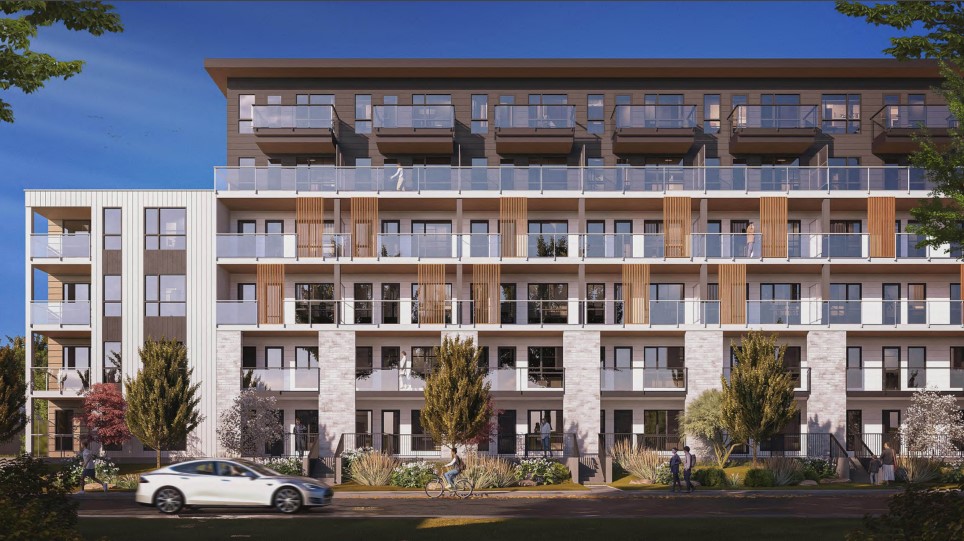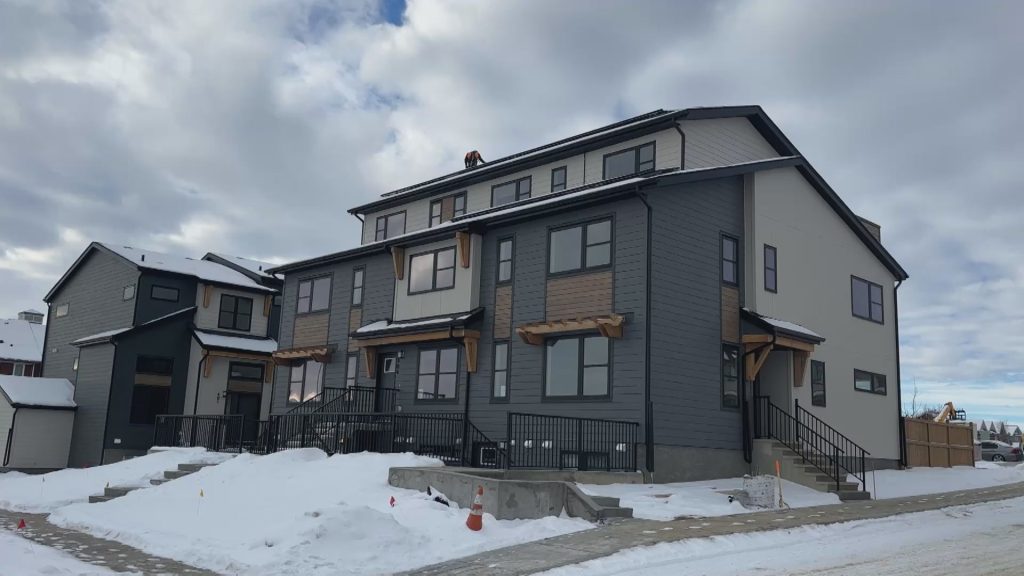Potential NW Calgary housing development revives conversation on chemical contamination

Posted Oct 24, 2024 8:57 am.
Last Updated Oct 24, 2024 1:30 pm.
Creosote has been a concern for people living in Calgary’s Hillhurst community for years and now, some residents are speaking out against a proposed townhouse development in the area.
Creosote, a mixture of 200 chemicals, is formed when tars, wood, and fossil fuel are burned. It’s typically used in preservatives and antiseptics.
From 1924 to 1962, a wood treatment plant ran in downtown Calgary on the south side of the Bow River. It used creosote to preserve wood products such as railway ties and power poles.
Now, Anthem Property Groups Ltd. has submitted a proposal to build three, six-storey buildings at 1706 Westmount Boulevard, the site of the old CBC/Radio-Canada Calgary building, across the river from the site of the old plant.
According to the project’s website, the Land Use Redesignation was submitted to the city in July 2023, and the Development Permit was submitted last month.
An open house was held Wednesday to share more about the project and give community members a chance to raise their questions and concerns.
Next up is a public hearing and a decision from council, which is expected to happen early in the new year, according to Anthem.
The company says if all necessary approvals are granted, construction is expected to start in the summer of 2025.
Concerns about creosote migration, health risks
Over time, the chemicals from the plant made their way into the Bow River and communities on the north side of the Bow River. Monitoring of vapour and groundwater by the province showed contamination in the neighbourhood.
In 1995, a containment wall and groundwater collection system was built on the south bank of the Bow River to prevent ongoing migration. The City of Calgary has been managing and operating the containment system since 1997.
The province, Alberta Health Services, and the City of Calgary have monitored health risks for the communities on the north side of the Bow River since 2004. Groundwater and soil vapour monitoring results during a five-year monitoring program that ran from 2017 to 2021 showed no risk to human health, according to the province.
The report says members of North Bow Communities are unlikely to be exposed to creosote, but vapour inhalation in areas without ventilation, like basements, may be possible if homes are close to creosote contamination.
Health risks also depend on the amount, duration, and frequence of exposure. The most common risks are respiratory irritation from breathing in creosote vapour, and skin damage from long-term skin or air contact. Long-term exposure, especially through continued direct-skin contact, can result in some cancers.
Tests also indicate the potential of creosote in areas of Hillhurst doesn’t impact drinking water, as it comes from Calgary Water Services and not groundwater sources.
Rose-Mary Damiani, with Anthem, says there is a risk management plan in place.
“We have been working through the Alberta Environment process with them to meet all requirements and all that information is publicly available through Alberta Environment’s database,” she explained.
Any testing, monitoring, and reporting protocols are being followed, Damiani adds.
-With files from Logan Stein








